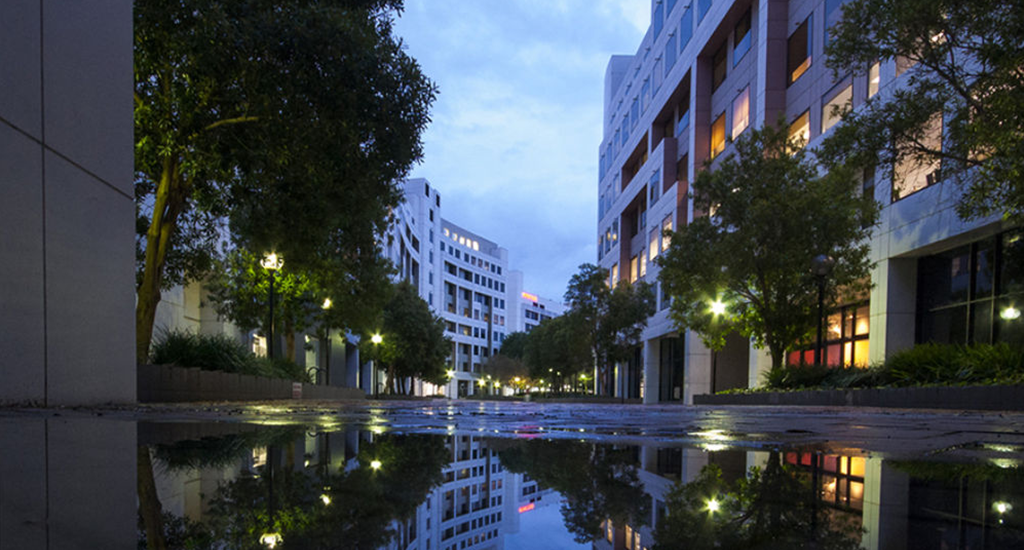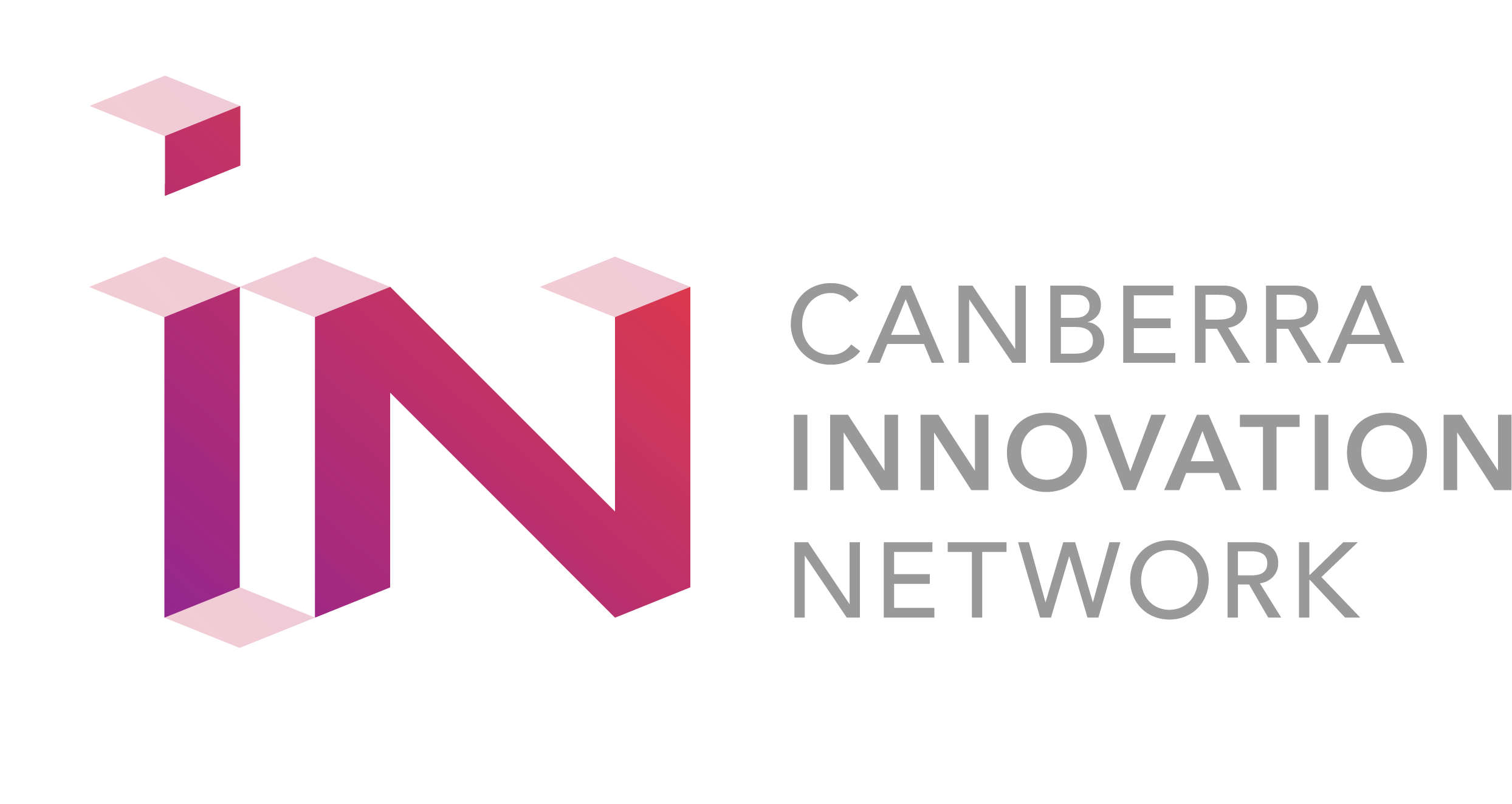- 14 August 2019
- Posted by: Canberra Innovation Network
- Category: General News

By Petr Adamek, CEO, Canberra Innovation Network.
“It is the long history of humankind (and animal-kind too) that those who learned to collaborate and improvise most effectively have prevailed.” This quote from Charles Darwin underlines the critical importance of collaboration to survival. It also suggests that collaboration is not really intuitive, it is related to innovation and needs to be “learned” to be effective.
However, collaboration between innovators does not tend to occur naturally. It’s a human trait to want to keep ideas under wraps until they are complete, lest a competitor steals them away. Also, collaboration is hard. It is demanding on listening and persuasion skills, cognitive flexibility, empathy, respect to motivations, purposes and views of others, and the ability to find a compromise.
The key ingredients to successful collaboration seem to be appropriate group diversity, ability to build a shared vision, trust and share benefits between all parties involved. Unfortunately, achieving productive collaboration between different groups that should be working together can be somewhat of a challenge. Each group brings its own focus, different drivers and different time pressures. Often the collaborators will be also competitors. For effective collaboration to occur, it’s imperative to find ways to get everyone aligned.
Examples of the types of tools that can be put to work include hackathons, co-design sessions and collaborative innovation workshops or labs. These focused events can act like Petri dishes, encouraging experimentation, growth and development in new and interesting ways.
Fostering new ideas
The results of such practical initiatives can be truly astounding. New and exciting solutions to the most pressing of problems can emerge when interactions between different industries and scientific disciplines are enabled and supported by adaptive regulatory frameworks.
One example is the FatigueHACK competition, staged by CBRIN for the Australian Trucking Association and Teletrac Navman, that was designed to foster ideas that could combat the impacts of driver fatigue. The event brought together technology entrepreneurs, sleep and fatigue psychologists, medical experts, regulators, truck companies and truck drivers to generate new radical concepts to better manage driver fatigue. And they did it in under 48 hours. The proposed solutions, that were based on true collaboration, have a real potential to change the industry. Some of these solutions, such as the smart steering wheel by team Augmented Intelligence, are already being installed in trucks.
Another example is the research to Impact innovation program and fellowship – initiatives of CBRIN aimed at fostering collaboration between Australian tertiary institutions and industry. This is achieved by finding ways to support researchers as they explore the impact of their research and knowledge outside the academic sector. They are also encouraged to apply their knowledge and skills to real-world problems.
To be truly successful, collaborative efforts between academia and government need to happen through an open forum and with a shared narrative that attracts problem owners, investors, researchers, entrepreneurs and innovative companies. Such collaboration also requires a trusted and neutral intermediary who can bridge some of the gaps and translate some of the language to enable clear communication and the building of trust.
In Australia, we don’t have the luxury of large markets or immediate proximity to such markets. We need to support our entrepreneurs by creating a collaborative environment around them and encouraging them to work together better. We also need to connect them into collaborative networks internationally. When genuine collaboration takes place between leading educational and research institutions and government, focusing on the needs of entrepreneurs and innovators, it has the potential to create a stronger economic impact that benefits the community, businesses and science.
This article was originally posted on Inside Small Business.

